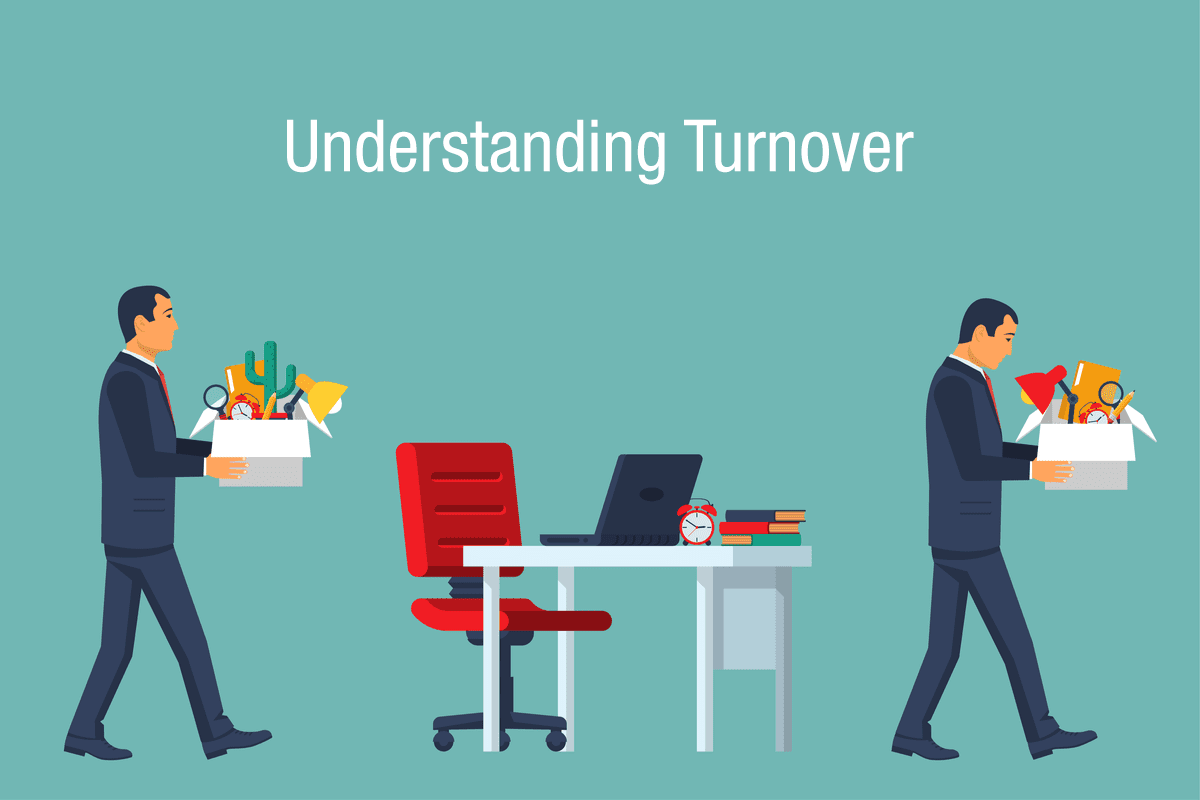How Long Do People Stay and What’s the Turnover Rate?

When evaluating a company, one of the most telling indicators of its health and culture is how long employees choose to stay. Employee retention and turnover rates offer insights into job satisfaction, management practices, career development opportunities, and organizational stability.
Why Turnover Matters
A high turnover rate—meaning employees leave frequently—can signal deeper problems such as:
-
Poor management
-
Limited career growth
-
Low morale
-
Unclear expectations
-
Uncompetitive pay or benefits
In contrast, low turnover suggests a workplace where employees feel engaged, valued, and supported in their career paths.
Understanding Turnover Rate
The turnover rate is the percentage of employees who leave an organization during a specific period. This includes both voluntary departures (resignations) and involuntary ones (layoffs or terminations).
For example, a company with a 20% turnover rate means that 1 in 5 employees left over the course of a year. Industry benchmarks vary:
-
Tech/startups: Higher turnover is common due to fast scaling and market shifts.
-
Healthcare or retail: Often have high churn due to long hours or lower pay.
-
Nonprofits or established corporations: Tend to have lower turnover.
Signs of Healthy Retention
-
Long tenure averages: Many employees have been at the company for 3+ years.
-
Internal promotions: People move up rather than out.
-
Exit interview data used to improve practices.
-
Alumni engagement: Former employees speak positively and remain in touch.
-
Onboarding satisfaction and support.
Questions to Ask About Turnover
In interviews or research, consider asking:
-
“What is the average tenure here?”
-
“What are the common reasons employees leave?”
-
“How does the company support long-term career growth?”
You can also look at platforms like LinkedIn to see how long employees have worked there or Glassdoor for employee reviews mentioning turnover.
Factors That Influence Retention
-
Leadership quality
-
Transparent communication
-
Work-life balance
-
Competitive compensation
-
Opportunities for advancement
-
Inclusive and supportive culture
Employees are more likely to stay where they feel seen, respected, and given room to grow.
Conclusion
Retention isn’t just a number—it’s a reflection of employee experience. Understanding how long people stay and why they leave can help job seekers, managers, and executives assess the true health of a company. A workplace that retains its people well is usually one that nurtures, empowers, and listens.
- Arts
- Business
- Computers
- Juegos
- Health
- Home
- Kids and Teens
- Money
- News
- Recreation
- Reference
- Regional
- Science
- Shopping
- Society
- Sports
- Бизнес
- Деньги
- Дом
- Досуг
- Здоровье
- Игры
- Искусство
- Источники информации
- Компьютеры
- Наука
- Новости и СМИ
- Общество
- Покупки
- Спорт
- Страны и регионы
- World


